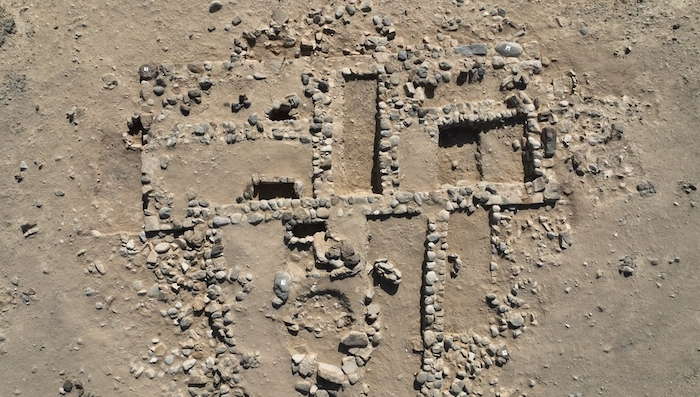A recent archaeological expedition led by the Department of Archaeology from Sultan Qaboos University in the Omani Peninsula unearthed a remarkable find: a children's funerary structure dating back to the Iron Age, approximately three thousand years ago, at the archaeological site 'Manaqi' in the Wilayat of Rustaq, South Al Batinah Governorate.
This discovery marks a significant breakthrough in comprehending funerary practices in the region, being the first dedicated children's funerary building discovered thus far. The excavation, conducted last February in collaboration with a team from Sorbonne University in Paris and under the Ministry of Heritage and Tourism's supervision, represents the inaugural season of a multi-year excavation project set to continue for at least five years.
The 'Manaqi' site, one of the largest Iron Age settlements in South Al Batinah Governorate, revealed numerous residential structures, extensive cemeteries, and defensive towers, indicating the settlement's prominence during the first millennium BC.
Among the excavated buildings, Building S2 stood out with its unique T-shaped design, housing over thirty graves exclusively for children, including infants. This departure from typical Iron Age funerary customs raises intriguing questions about the beliefs and motives behind this distinctive burial practice.
Dr. Mohammad Abdul Hamid Hussein, leading the research team and head of the Department of Archaeology at Sultan Qaboos University, highlighted the significance of the discovery. Excavations within the building unveiled additional rare artifacts, such as jars with basket-shaped handles and a pottery fragment adorned with a seal depicting two men, shedding light on previously unknown aspects of the region's history.
Dr. Hussein emphasized that this discovery opens new avenues for understanding Iron Age funerary rituals and religious beliefs in the Omani Peninsula, offering valuable insights into the cultural and social traditions of ancient societies in the region.







